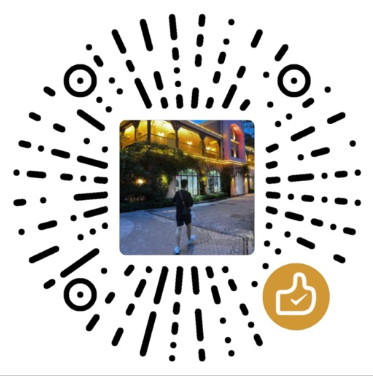Emergent Quantum Simulators
Emergent Quantum Simulators
Speaker’s Brief Introduction:Jörg Schmiedmayer is a Professor of Experimental Physics at the Faculty of Physics at the TU-Wien, Vienna, Austria. He was a founding member of the Vienna Centre for Quantum Science and Technology. Schmiedmayer is one of the pioneers of matter wave interferometry and quantum simulation science. His invention of micro traps for neutral atoms and the AtomChip triggered a new field of research, micro-manipulation of atoms, ions and molecules. His research on non equilibrium evolution and relaxation started a new direction in many body quantum science and continues to inspire new research directions world wide. His detailed analysis of correlations in many body quantum systems started a new field in quantum information science: quantum simulation of quantum field theories and emerging quantum simulators which have to be contrasted with simple building the hamiltonian directly in the lab as in Hubbard models. He is a recipient of several prestigious grants and awards, including the Wittgenstein Prize. He is full member of the Austrian Academy of Sciences.
Abstract: Quantum Simulation promises insight into quantum physics problems which are beyond the ability to calculate with conventional methods. Quantum simulators can be built either using a ‘digital’ Trotter decomposition of the problem or by directly building the Hamiltonian in the lab and performing ‘analogue’ experiments. I will present here a different approach, by which the model to simulate emerges naturally from a completely different microscopic Hamiltonian. I will illustrate this in the example of the emergence of the Sine-Gordon quantum field theory from the microscopic description of two tunnel coupled super fluids [1] and in the emergence of Fermionic Pauli blocking in a weakly interacting Bose gas [2]. Special emphasis will be put on how to verify such emergent quantum simulators and how to characterize them. Thereby I will present three tools: High order correlation functions and their factorization [1], the evaluation of the quantum effective action and the momentum dependence of propagators and vertices (running couplings, renormalization of mass etc ..) of the emerging quantum field theory [3], first attempt on learning the emerging Hamiltonian [4], and quantum field tomography that points to a new way to read out quantum simulators [5]. Together they establish general methods to analyse quantum systems through experiments and thus represents a crucial ingredient towards the implementation and verification of quantum simulators. As an example, I will report on the verification of the area law of mutual information [6] in a quantum simulation of a continuous QFT.
Work performed in collaboration with the groups of P. Zoller (Innsbruck), Th. Gasenzer und J. Berges (Heidelberg), Jens Eisert (FU Berlin) and E. Demler (Harvard/ETH). Supported by the DFG-FWF SFB ISOQUANT, and the ERC-AdG Emergence in Quantum Physcs (EmQ)
[1] T. Schweigler et al., Nature 545, 323 (2017), arXiv:1505.03126
[2] F. Cataldini et al. Phys. Rev. X 12, 041032 (2022)
[3] T. Zache et al. Phys. Rev. X 10, 011020 (2020)
[4] R. Ott et al. Phys. Rev. Res. 6, 043284 (2024)
[5] M. Gluza et al., Co妹妹unication Physics 3, 12 (2020)
[6] M. Tajik et al., Nature Physics 19, 1022 (2023)

 微信扫一扫
微信扫一扫